Philippine Christmas lasts for four months. How is it possible?
3. 6. 2024
What will you learn in this article?
The Philippines has the longest Christmas season in the world, celebrating three months earlier than usual.
The country turns into a wonderland during Christmas.
It is not surprising that many tourists also head here at this time.
What does the password look like?
Who is Manito?
Why do children wait to receive a blue envelope?
Find out how Christmas is celebrated in the Philippines.
When is Philippine Christmas?
The Philippines is the Asian country with the largest number of Catholics, accounting for almost 80% of the population. For this reason, Christmas is one of the most important holidays of the year.
Unlike most other parts of the world, Filipinos celebrate Christmas as early as September. As they are called, the ber months herald the beginning of the Christmas season, when traditional lanterns are made, carols are heard in the shops, and people search for the most suitable gifts under the tree.
The Christmas holidays last four months here, from September to December. Why does Philippine Christmas start so early? Although the religious faith is very strong in this country, so is their love for shopping. It’s very much a commercial move.
Official celebrations begin on December 16. On all islands in the country, people gather for pre-Christmas Masses called Misa de Gallo or Simbang Gabi. These masses last for nine days and their roots go back to the Spanish missionaries who introduced the practice in the 17th century.
The Christmas holidays culminate on Christmas Eve on December 25, with a big midnight celebration called Noche Buena on Christmas Eve evening. Many people stay up until the next service is held the next morning. The celebrations continue for several more days and end on the Feast of the Three Kings.
Due to its colonial past, Christmas in the Philippines shares some features and traditions with Spain. Discover how Spanish Christmas is celebrated.
Do you know Filipino Christmas traditions?
Christmas customs and traditions in the Philippines combine Western and native Filipino culture. You will find Santa Claus, Christmas trees, carols, masses, and original rituals from Spanish history and old indigenous ceremonies.
A popular Christmas tradition is caroling. People go around their neighbors in homemade costumes and sing songs with funny changes to the lyrics. This habit often starts as early as mid-December. Caroling has also become one of the most significant sources of contributions for charities across the country in recent years.
Many Filipinos work abroad. But they return home during Christmas; it is often the only time when families can be together.
There are many ways to say Merry Christmas in the Philippines. There are eight main languages spoken in the country, each with a special greeting for this season. The most widely spoken language is Tagalog, in which Merry Christmas is wished with the words Malagyang Pasko.
What are the Philippine Christmas symbols?
One of the typical symbols of the Philippine Christmas is the nativity scene, referred to here by the word belen. Since many Filipinos are Catholic, the story of the birth of Jesus is a central part of Christmas celebrations. Nativity scenes are made from a variety of materials, often porcelain. Outside, they are flanked by angels and many twinkling lights.
The Christmas lantern, a parol, is a specific Christmas decoration in the Philippines. The lantern is in the shape of a star, which is meant to resemble the star of Bethlehem. Lanterns are mainly made of bamboo and paper.
They were initially intended to light the way to Simbang Gabi and placed on public light poles, but now you can find them in homes, shopping malls, and other public buildings. You will discover the history of this Christmas symbol through the following video.
Another necessary decoration is, of course, Christmas trees, which are often lit already in September or October. They appear in households, offices, shopping centers, and squares. Due to the Philippine climate, Christmas trees are mostly artificial.
Similar articles
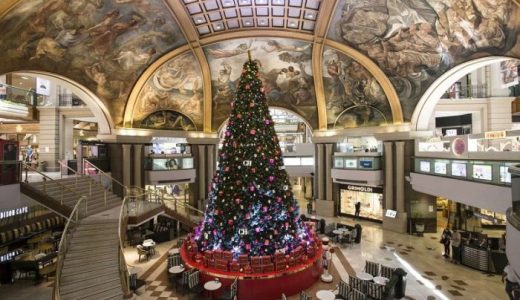
What does Argentine Christmas look like? Hay for the horses in front of the door and peacocks on the table!
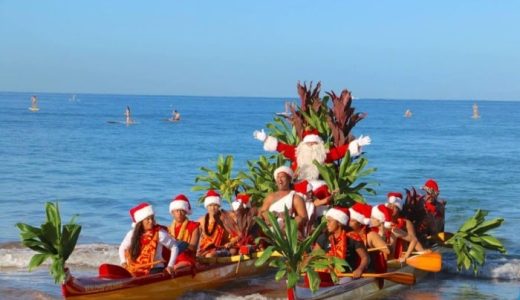
What does a Hawaiian Christmas look like? Surfing Santa Claus and ships importing Christmas trees
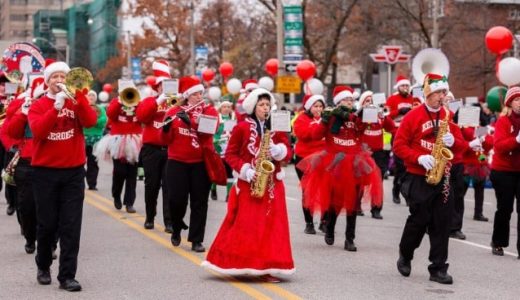
Experience the magic of a Canadian Christmas. Your Christmas tree might just come from here!
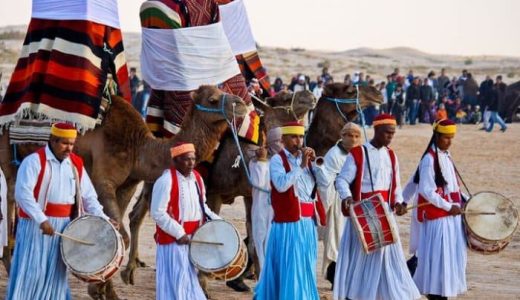
Tunisia is one of the countries that don’t celebrate Christmas – Tunisian Christmas exists primarily for tourists.
In addition, cities are lit up with Christmas lights, and every weekend, fireworks and light shows count down the days to December.
Who brings the children’s presents?
Gifts are an essential part of the holidays. Christmas in the Philippines is typically a unique way of giving them Monito or Monita. Like “Secret Santa”, it usually takes place between groups of friends, classmates or office colleagues.
The mechanism is simple. Every day or every week, you have to give your Monito or Monita a small gift. The frequency depends on the rules the group has set, and the amount the gift will cost is usually agreed upon.
Exchange mechanics may vary. Some can be as simple as asking attendees to bring a gift based on an agreed upon amount, which is then raffled among attendees later at the Christmas party. You cannot reveal the name of your Monito/Monity, it will remain a secret until the “revelation day”.
Children look forward to receiving a red or blue envelope with money from grandparents, aunts, or godparents. These envelopes are made specifically for this purpose and are called ang pao. What is the origin of the Christmas wrapping tradition in Asian countries?
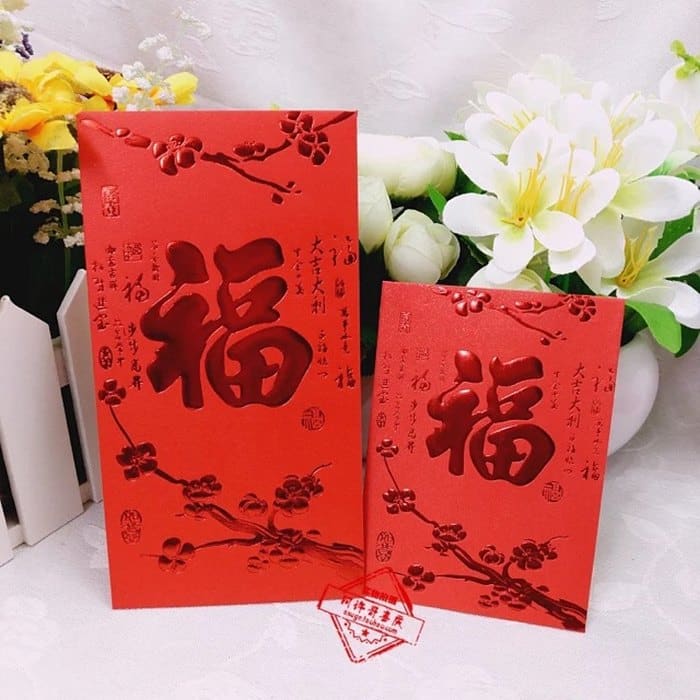
Who are Argentine children impatiently waiting for? Get to know how Christmas is celebrated in Argentina.
What do you eat in the Philippines at Christmas?
Noche Buena is a Christmas Eve meal after the Misa de Gallo. A huge amount of food is prepared, with the preparation of the food itself being as important a part of the tradition as the eating.
What are some popular Filipino Christmas foods? The main dish is often lechon, a slow-roasted pig served with crispy crackers and stuffed with peppers, pineapple, chili, ginger, and lemongrass. Various sauces are served as a side dish.
Another traditional Christmas dish is embutido, a meatloaf made of minced pork with vegetables, cheese, and raisins. It is filled with hard-boiled eggs, raisins, ham, and sliced sausages.
Noodles with sliced sausages and ground beef simmered in banana ketchup sauce, sugar, and tomato puree are also popular.
Lumpiang ubod is a term for Filipino spring rolls. They are usually filled with shrimp, vegetables, coconut and pork.
The most popular desserts are the sweet coconut-rice cake bibingka and the buko salad, a sweet fruit salad made of shredded coconut, fruits, jelly, candies, tapioca, and palm sugar, topped with condensed milk and cream.
While bibingka is being bought, at home, Filipinos prepare puto bumbong. The purple-colored dessert is made from steamed glutinous rice and cooked on a bamboo stick. Spoons of warm butter, grated coconut, and brown sugar are poured on top, and the entire pudding is wrapped in banana leaves.
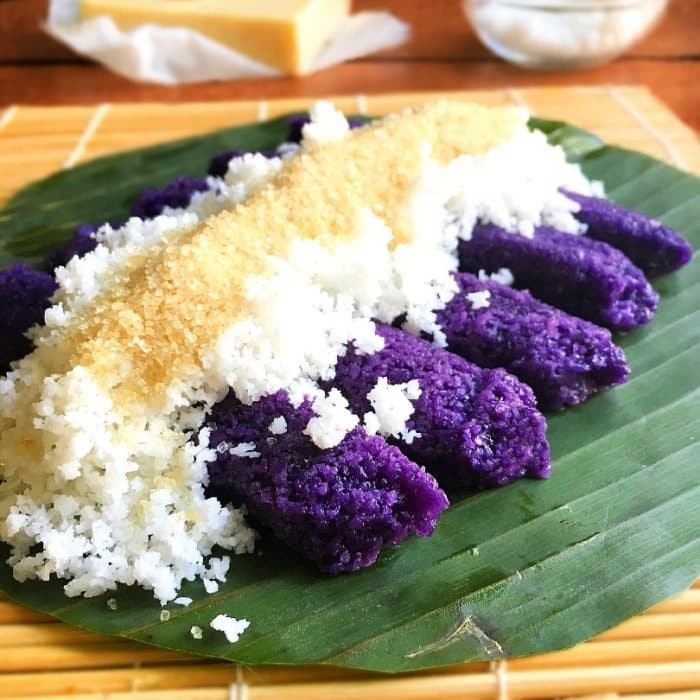
What places to visit in the Philippines at Christmas?
Christmas in the Philippines starts as early as September, so expect malls and homes to be decorated well into the fall. If you decide to spend your holidays exploring the most famous tourist spots, plenty of fun activities will be waiting for you.
- San Fernando – Every year, this city hosts the Ligligan Parul, a festival featuring giant parol lanterns with thousands of rotating lights illuminating the night sky. Due to this festival, San Fernando is often called the “Christmas Capital of the Philippines.”
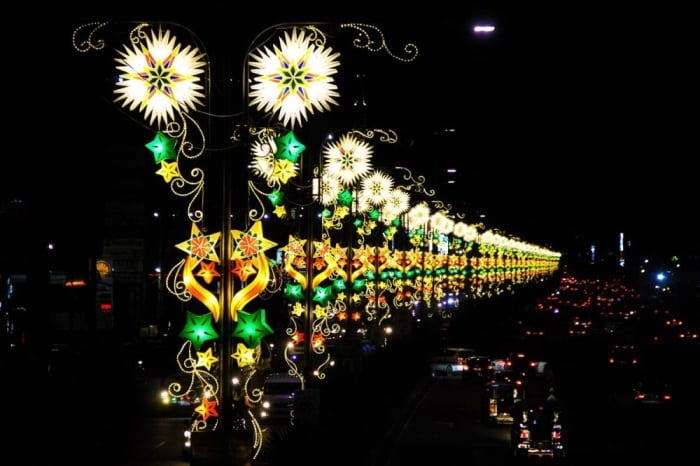
- Tangub – This town on the island of Mindanao hosts a month-long Christmas display called the Festival of Christmas Symbols, which includes sparkling light installations replicating famous world landmarks. Other tourist spots in Tangub are Hoyohoy Highland Park, which offers a panoramic view of Panquil Bay, and Memorial Hill, which houses a World War II Japanese cannon.
- Baguio – the main reason to visit this place is the annual Christmas Village at the Baguio Country Club. The venue captures the season’s spirit with lanterns, lights, and even artificial snow.

